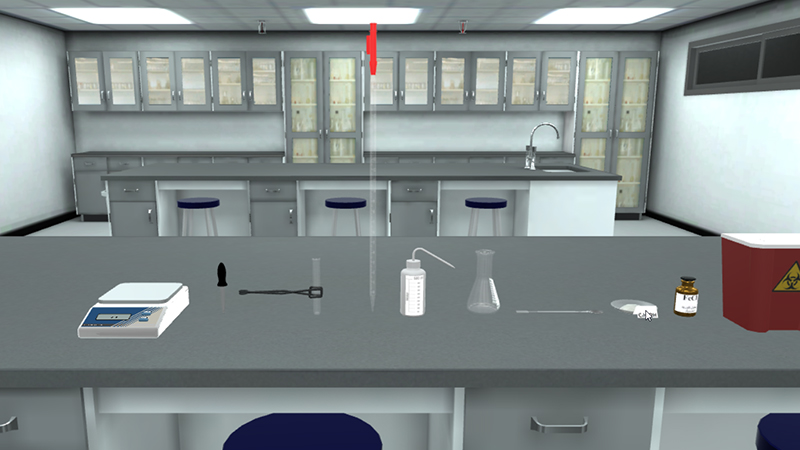Aromatic alcohols are phenols compounds that possess at least one hydroxyl group linked directly to the aromatic ring. Sometimes, they are also called phenolic compounds. Phenol is the simplest member. The phenol functional group is -COOH.
Phenolic compounds can be classified according to the number of carbon atoms in their structure.
First: Preparation of Phenols:There are various reported routes for phenolic compounds preparation. For instance, phenols can be prepared through dealkylation of phenolic ethers and reduction of quinones. In addition, phenols can be obtained through rearrangement of either corresponding esters or N-Phenolhydroxylamines through Fries and Bamberger rearrangements, respectively.
Second: General Properties of Phenols:
- Phenol is a volatile white crystalline solid that is also known as carbolic acid. They are colorless, but they get colored if oxidized.
- Phenols are characterized by being acidic. Their acidity is intermediate between aliphatic alcohols and carboxylic acids. The acidity of phenol is attributed to its ability to lose the hydrogen atom from the hydroxyl group forming a phenoxide or phenolate ion.
- Phenols are characterized by their high reactivity towards oxidation reactions as well as electrophilic substitution reactions.
Third: Uses of Phenols:
- Phenolic compounds have been used in different industrial and pharmaceutical applications. For instance, phenol is used as an antiseptic and disincentive agent.
- Phenol has been used in many cosmetics preparations such as sun screens, hair colorings and skin formulations.
- Longer alcohols and fatty alcohols have been used in the industries of plasticizers and detergents.
- Some phenolic compounds are used in food additives.
- Phenolic compounds are used as drugs and prodrugs for treatments of several diseases such as Parkinson’s disease.
- Some phenols are used in chemical synthesis procedures or as indicators.



















